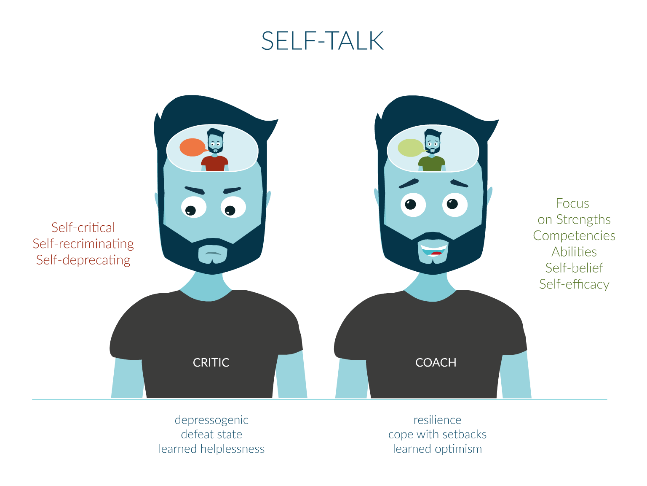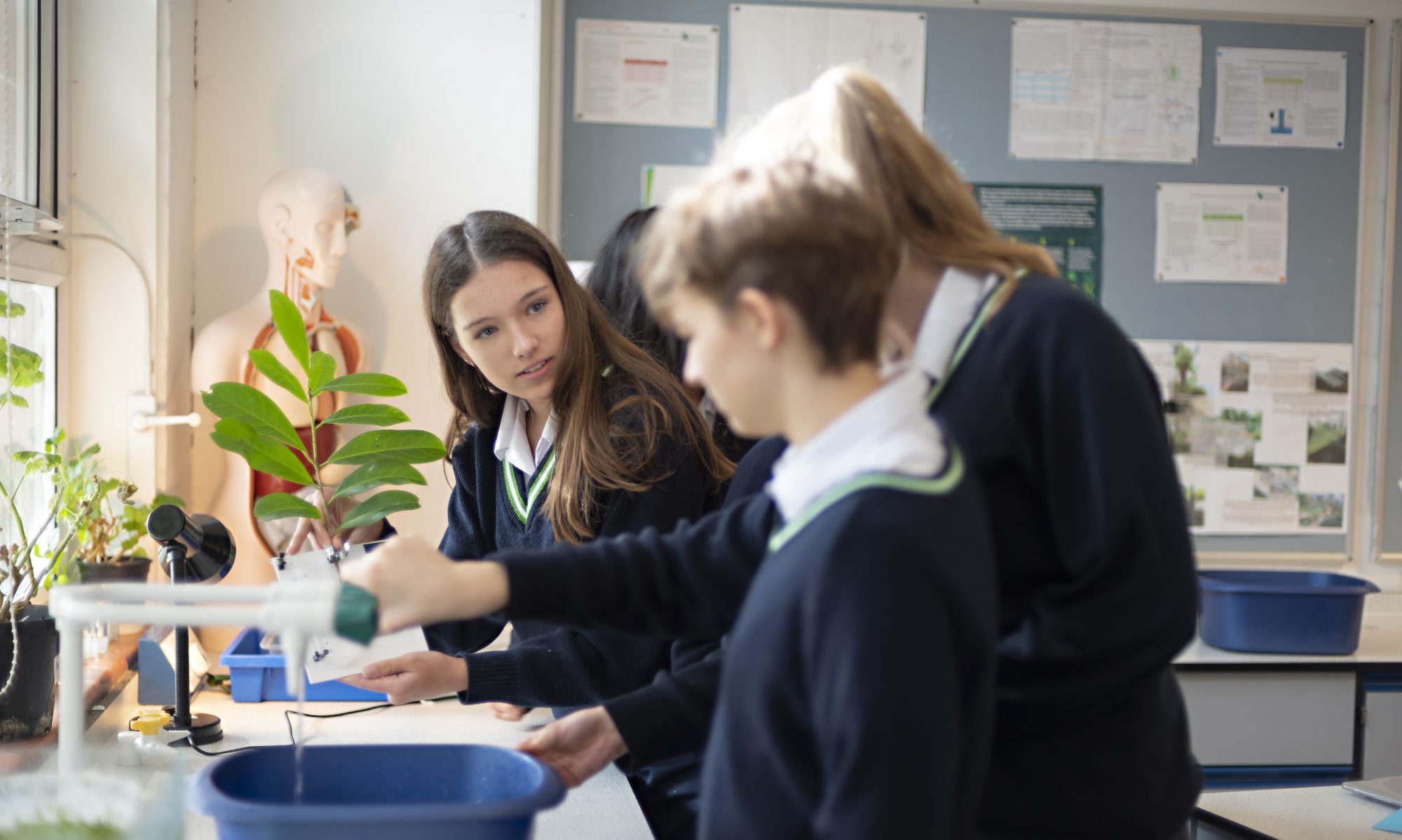Mrs Jessica Salt, Head of Year 8 at WHS, discusses the Positive Schools Programme and the impact it could have on your well-being.

Positive was set up in 2011 with the vision of using research in psychology and neuroscience to help individuals and organisations optimise their wellbeing and performance.
Positive started out in the business world before expanding into the education sector in 2016. The GDST created a partnership with Positive to provide all schools in the Trust with the Positive Schools Programme (PSP) – championing a whole school approach to psychological wellbeing and protective psychological competencies.
The GDST recognised that in order for the “girls first” approach to be to be successful they needed to prioritise the psychological wellbeing and health of its teachers. For example, normalising a teacher’s response to stress and pressure, increasing emotional literacy, self and social awareness and emotional regulation will have a cascade effect to the students. Teachers should use the Positive tools to help them tune into how they are feeling and move into a more positive mindset/build resilience, and then apply this knowledge and experience to teach their students to do the same.
Teachers are in an ideal position to help support and guide students through many crucial years where the brain is re-sculpting itself and neural pathways are changing. The PSP is a great way to further extend our evidence based pastoral care and give our girls practical and versatile strategies than can support them throughout their lives.

The primary aim of Positive is prevention. It is built around the four pillars of psychological health:

A Positive Toolkit in Brief:
Awareness
- The Emotional Barometer (EB) is a visual metaphor tool designed to track your mood state and emotions on a regular basis. Over time you may see a pattern of how your emotions impact your thoughts, feelings, and behaviours. Our moods and emotions are constantly changing so it is completely normal to move around all areas of the EB – being in the top right-hand quadrant at all the time is not sustainable. The key is to be able to recognise where you are sitting on the EB and why (particularly if we are feeling stuck on the left-hand quadrant) and then to actively deploy a technique that will bring you back towards the middle of the scale.

- The Inner Coach is a tool that helps you to reappraise an event and develop a positive, reasoned inner dialogue, which offers a more rational approach to solutions during pressurised situations. The Inner Coach should offer constructive solutions instead of catastrophising and self-blaming. Over time and with practice, our Inner Coach becomes stronger and stronger, meaning we can call on them quicker and more effectively during challenging situations.

Focus
- The Positive Switch is a tool designed to make you more aware of your focus and deliberately regulate your attention. The idea is that you have a switch in your mind which can be moved between three different positions: Task, Recharge, and Present. All three settings bring their own potential benefits and opportunities for your wellbeing. You need to use your Switch to ensure your day is balanced with protected task time, regular breaks and at least one opportunity to enter Present mode.

- The Worry Filter enables you to differentiate between “useful” and “useless worries”. The filter aims to help break the cycle of rumination and decrease your stress response. It can be as simple as a list with two columns and a plan of action for any useful worries that you have a degree of control over. This will then help you declutter and focus your mind, freeing up cognitive resources and thus increasing your creativity. Worry is the most powerful of interruptions linked to the survival instinct. It is important to control our worry, so we do not get caught in a negative spiral, dwelling on imagined threats/catastrophising about the future.

Mindset
- The Positive Pinboard is designed to help you overcome the human negativity bias. It encourages individuals to notice and focus more on the positives. Over time this mindset switches the default neural circuits in the brain to more optimistic ones and reinforces positive mood-states and resilience. It is a virtual pinboard onto which you can ‘pin’ photos and notes of positive moments during your day capturing them via the Positive App. It is a similar idea to a gratitude journal, but you can add images in addition to thoughts. If you do not have the app you could create a private Instagram page just for you. Choose a trigger to help remind you to do this everyday and form a new habit.

- The Strength Mirror is a tool with two main parts. The first part involves looking at yourself to identify your personal strengths and how you currently use them in your daily life. You should reflect on your recent experiences and try to pinpoint when you have used a strength most effectively. The second part involves looking into to a future scenario or situation and using imagery to visualise how you can use your strengths to tackle it. Visualising the entire process is the key to the second part of the Strength mirror, focus on the practical steps you can take.

The tools for the final pillar of Connection are yet to be released – watch this space!
At Wimbledon High School we are using the Positive Schools Programme and tools in a range of ways. There are numerous teaching colleagues who have now completed a multi-day course to train as ‘Positive Teachers’ to ensure they have an in-depth knowledge of the programme and tools. We have recently launched ‘Positive NOW’ as part of our staff twilight programme where over 40 members of staff have signed up to learn more about the science and evidence surrounding the four pillars. In our roll out to students we have adopted a gradual process including a range of tools into our Review and Reflection days, form times and PSHE sessions. We want to continue to help our girls shift unhealthy habits and bounce back from challenging times.

